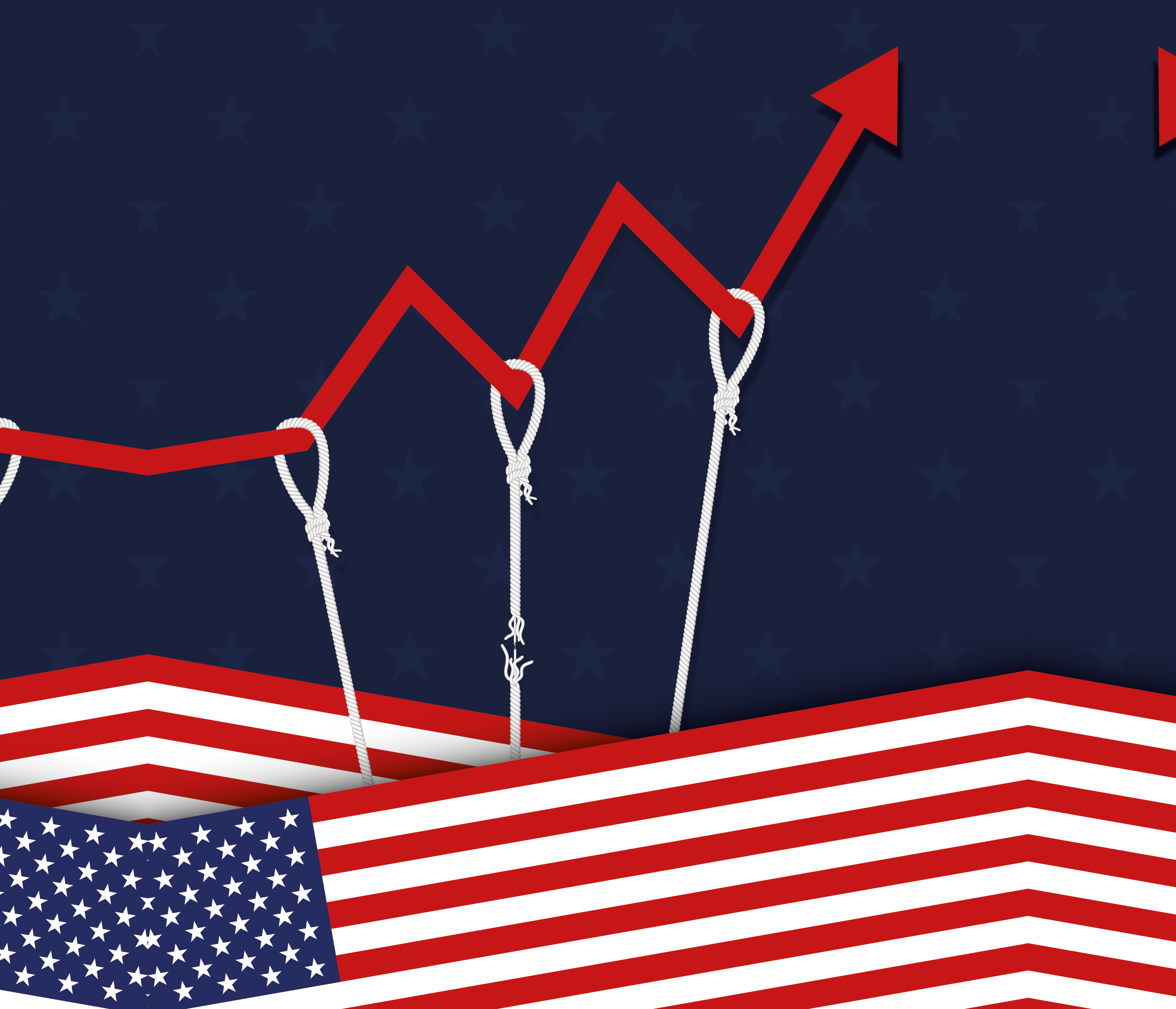
The Perilous Credit Squeeze Why the Sanders-Hawley Interest Rate Cap Harms Consumers Introduction Table of Contents America’s credit markets are the envy of the world. Unlike many other countries in...

Introduction Obesity and diabetes impose massive costs on U.S. health, business, and productivity. About 38.4 million Americans (11.4%) have diabetes—8.7 million unknowingly—costing around $413 billion a year, or one in...

Introduction America’s ambitious plans for a technologically driven future will mean delivering significant energy to meet the moment. Artificial intelligence, combined with high-capacity data centers, advanced manufacturing, electric vehicles, biotechnology...

Introduction In May 2025, President Trump signed an executive order called “Delivering Most-Favored-Nation Prescription Drug Pricing to American Patients,” in an attempt to lower the costs patients pay at the...

A Consumer-Focused Alternative: Reshoring Atlanticism in the Age of Uncertainty Introduction Following consequential election results in the United States and across Europe, the early part of 2025 has borne witness...

The European Commission’s 2025 Work Programme, titled “Moving Forward Together: A Bolder, Simpler, Faster Union,” outlines key priorities that will shape policies impacting consumers across the continent. As consumer advocates,...
A recent study by Rubicon Strategy has confirmed what many Canadians have been saying for years: the lack of competition in the internet service market is hurting consumers. With a...

Commentators have long praised the European Union (EU) for its robust regulatory framework, which aims to protect consumers, ensure environmental sustainability, and maintain market fairness. However, this commitment to regulation...

Red Tape Loss The opportunity costs to consumers of EU overregulation Introduction Innovation drives progress by solving everyday challenges like inflation, resource use, and the cost of living. Technological advances...

A financial fraud crackdown won’t protect consumers from scams Analysis of the Protecting Consumers From Payment Scams Act Introduction “There’s a sucker born every minute” is a quote sometimes attributed...

Donald Trump has been elected to return to the White House in an overwhelming election against Vice President Kamala Harris. Many factors drove the US electorate toward supporting Trump-Vance, among...

Fixing what’s broken Practical Consumer-Friendly Insurance Reforms to Save Money Introduction “Nothing is certain but death and taxes”, said Benjamin Franklin. Today, you can probably add insurance premiums to that...